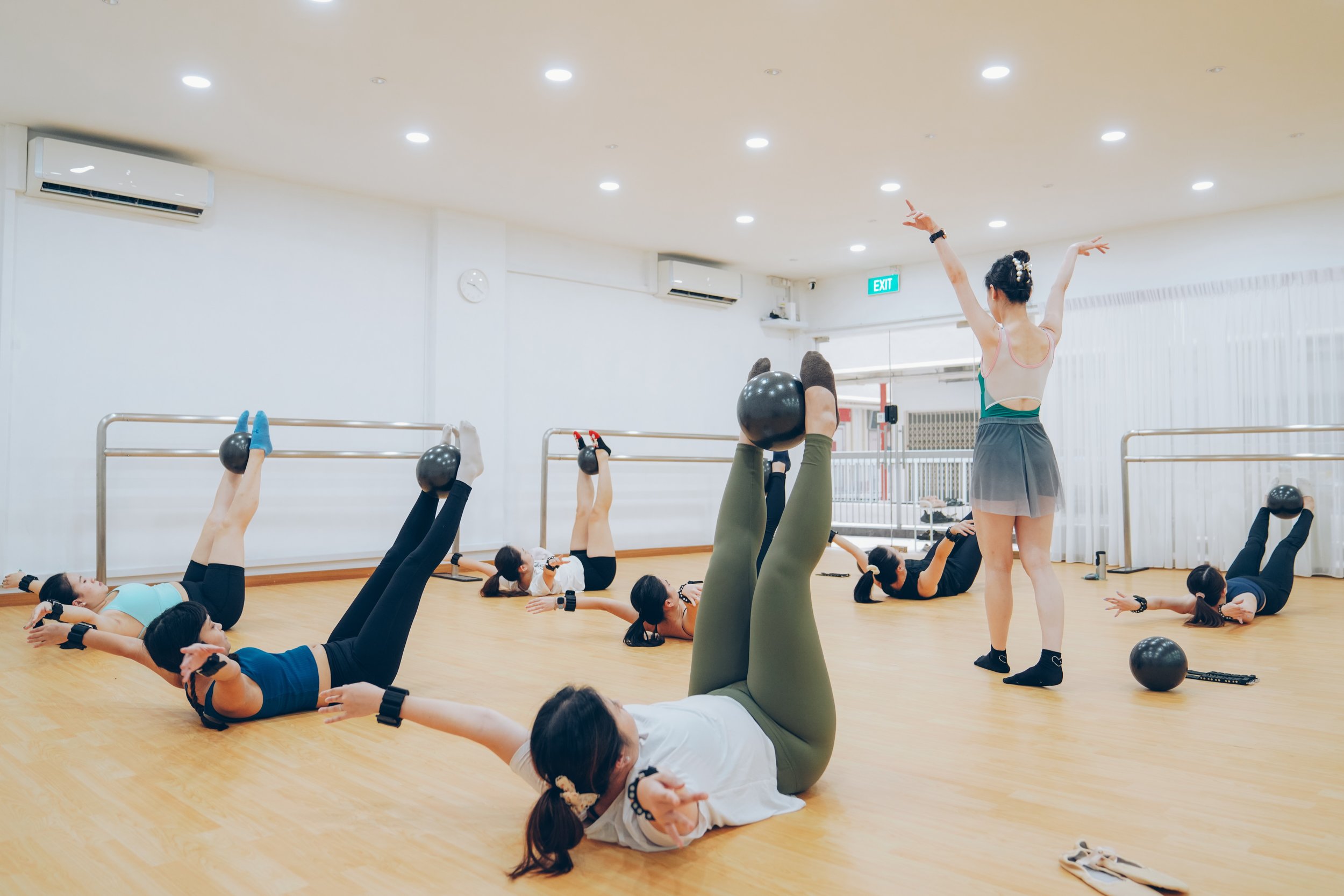Can I start pointe work in adulthood?
Ballet has long been admired for its grace, precision, and beauty. Many who marvel at the fluid movements and poise of ballerinas often wonder if they, too, could ever don a pair of pointe shoes. While starting ballet at a young age is common, the desire to dance does not diminish with age. In fact, more and more adults are stepping into ballet studios, eager to begin their pointe work. The question arises: Can you start pointe work in adulthood? The answer is a resounding yes! With the right approach, dedication, and guidance, adult dancers can embark on this rewarding journey.
Understanding Pointe Work
Pointe work is the culmination of ballet technique, requiring strength, flexibility, and precise alignment. Dancing en pointe involves balancing on the tips of the toes, supported by specially designed shoes. This advanced technique typically follows years of foundational training, as it places significant demands on the feet, ankles, and legs.
Dancers doing cross-training in a ballet class.
Key Considerations Before Starting Pointe Work
Physical Readiness: Adult dancers must ensure they are physically prepared for the demands of pointe work. This includes having a solid foundation in ballet technique, as well as strength and flexibility in the feet, ankles, and legs. Regular ballet classes focusing on proper alignment and muscle engagement are essential.
Health and Safety: Consult with a healthcare professional, preferably one experienced with dancers, to assess your physical condition. Any pre-existing conditions, such as joint issues or previous injuries, should be evaluated to determine if pointe work is advisable.
Professional Guidance: Seek out a qualified ballet instructor who has experience working with adult dancers. They can provide personalised training plans, monitor your progress, and ensure you are developing the necessary strength and technique safely.
Gradual Progression: Patience is crucial. Begin with pre-pointe exercises to build strength and improve alignment. When you and your instructor feel confident in your readiness, start with simple pointe exercises at the barre before progressing to more complex movements.
Dancers with Limited Ankle Range
Ankle range of motion is crucial for pointe work, as it directly affects your ability to achieve the proper alignment and support needed for this advanced technique. The ideal range allows the dancer to fully extend their foot, creating a straight line from the shin to the toes, which is essential for balance and aesthetic lines.
The physical demands of pointe work can be challenging, especially for adults who might have limited ankle range of motion. If you're wondering whether adults with restricted ankle flexibility can pursue pointe work, the answer is nuanced. While certain limitations might pose challenges, with the right approach, dedication, and professional guidance, it is possible to make progress towards dancing en pointe.
Challenges of Limited Ankle Range
Alignment Issues: Limited ankle flexibility can hinder your ability to achieve the correct alignment, which is vital for safe and effective pointe work.
Balance and Stability: Inadequate range of motion can affect your balance and stability en pointe, increasing the risk of falls and injuries.
Increased Strain: Compensating for limited ankle movement can place additional strain on other parts of the body, such as the knees and hips, potentially leading to overuse injuries.
Strategies for Adults with to Improve Ankle Range
Strengthening and Flexibility Exercises: Incorporate targeted exercises to improve the strength and flexibility of your ankles. This can include calf raises, theraband exercises, and stretches specifically designed to enhance ankle dorsiflexion and plantarflexion.
Professional Assessment: Consult with a physiotherapist or a ballet instructor who has experience with adult dancers. They can assess your ankle range of motion and provide personalised exercises and modifications to help you progress safely.
Gradual Progression: Start with pre-pointe exercises and focus on building the necessary strength and technique. Gradually introduce pointe work with simple exercises at the barre, ensuring that you maintain proper alignment and control.
Benefits of Starting Pointe Work as an Adult
Physical Fitness: Pointe work enhances overall physical fitness, promoting strength, flexibility, and endurance. The rigorous training involved provides a full-body workout, improving posture and core stability.
Mental Well-being: Ballet offers a unique combination of physical activity and artistic expression. Dancing en pointe can be a meditative practice, reducing stress and increasing mental focus.
Personal Fulfilment: Achieving the milestone of dancing en pointe is a rewarding experience. It embodies the dedication and hard work put into ballet training, fostering a sense of accomplishment and boosting self-confidence.
Community and Camaraderie: Joining a ballet class connects you with a community of like-minded individuals who share your passion for dance. The support and encouragement from fellow dancers can be motivating and inspiring.
Starting pointe work in adulthood is not only possible but can be an incredibly enriching experience. While limited ankle range can pose challenges for adult dancers aspiring to do pointe work, it is not an insurmountable barrier. With dedicated effort, appropriate exercises, and professional guidance, you can improve your ankle flexibility and strength, making progress towards your pointe work goals.
Remember, every dancer’s journey is unique, and the key is to approach this challenge with patience and perseverance. Your dreams of dancing en pointe can become a reality, even with the initial hurdle of limited ankle range. Embrace the journey and celebrate each milestone along the way.
Whether you are reigniting a childhood passion or discovering ballet for the first time, stepping into the world of pointe work as an adult is a testament to the timeless appeal of dance and the enduring spirit of those who pursue it. So, lace up those pointe shoes and embrace the journey of grace, strength, and perseverance. Your ballet dreams are within reach, no matter your age.






